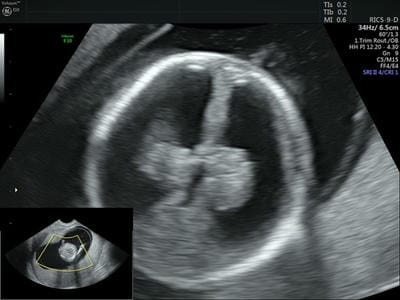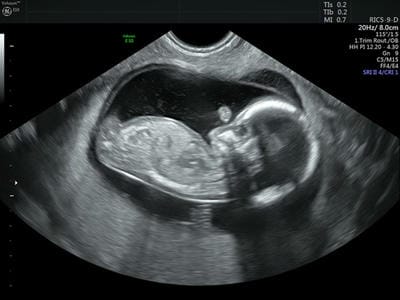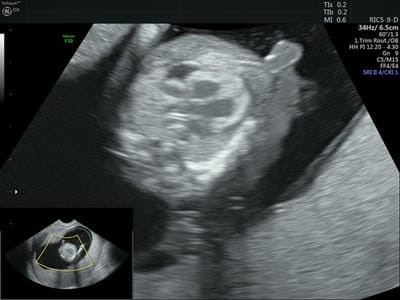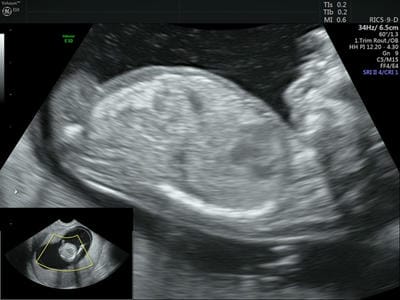The Potential of Prenatal Diagnosis in the Early Detection of Congenital Malformations
Albu C.1*, Albu D.2, Albu S.3
DOI: https://doi.org/10.17511/ijmrr.2021.i01.08
1* Cristina-Crenguta Albu, Associate Professor, Department of Genetics, University of Medicine and Pharmacy Carol Davila, Bucharest, Romania.
2 Dinu-Florin Albu, Associate Professor, Department of Obstetrics Gynecology, Clinical Hospital of Obstetrics and Gynecology Prof. Dr. Panait Sirbu, Bucharest, Romania.
3 Stefan-Dimitrie Albu, PhD Student, Doctoral School, University of Medicine and Pharmacy Carol Davila, Bucharest, Romania.
We present a unique association of fetal malformations very early diagnosed by ultrasound examination, at 14 weeks of gestation. A 28-year-old pregnant female, was addressed in a private medical center from Bucharest, Romania, for a routine ultrasound screening. A detailed ultrasound evaluation of the fetus showed numerous and significant cephalic and heart malformations. The ultrasound examination of the fetal head suggest the diagnosis of fetal lobar hydrocephalus, and the ultrasound examination of the fetal heart suggest the transposition of the great vessels. The parents were informed about the severity of the fetal malformations and decided to terminate the pregnancy due to medical reasons. Anatomopathological examination confirmed the prenatal diagnosis. First trimester ultrasonography was crucial in the early prenatal diagnosis and management of the malformed fetus with a unique association of fetal malformations.
Keywords: Ultrasound investigation, Prenatal diagnosis, Lobar hydrocephalus, Transposition of the great vessels
| Corresponding Author | How to Cite this Article | To Browse |
|---|---|---|
| , Associate Professor, Department of Genetics, University of Medicine and Pharmacy Carol Davila, Bucharest, Romania. Email: |
Albu CC, Albu DF, Albu SD. The Potential of Prenatal Diagnosis in the Early Detection of Congenital Malformations. Int J Med Res Rev. 2021;9(1):54-57. Available From https://ijmrr.medresearch.in/index.php/ijmrr/article/view/1233 |


 ©
© 


